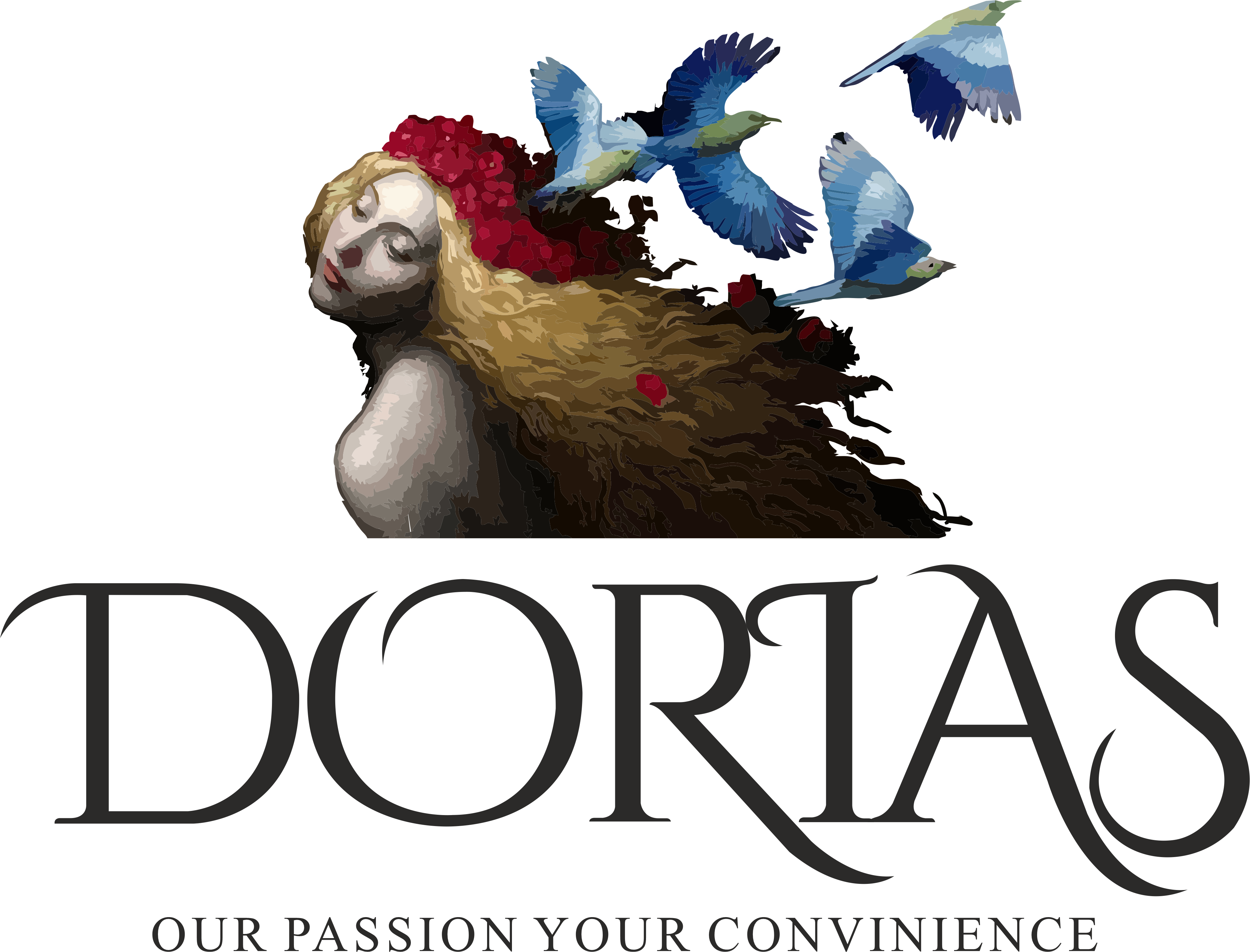Building upon the foundation laid in The Role of Mythology in Modern Games Like Le Zeus, it becomes evident that mythology is not just a decorative element but a vital force shaping the cultural landscape of gaming. Throughout history, mythological narratives have served as a bridge between ancient traditions and contemporary storytelling, enabling games to act as modern vessels of cultural preservation and innovation. This section explores how mythology’s influence extends beyond mere storytelling, actively participating in the evolution of gaming as a cultural phenomenon.
1. Cultural Significance of Mythology in Gaming History
a. Evolution of mythological narratives in game development
From the earliest text-based adventures to today’s immersive 3D environments, mythological stories have been a consistent source of inspiration. For instance, the classic game God of War traces its roots to Greek mythology, reimagining gods and monsters through modern gameplay mechanics. Over time, developers have expanded to include Egyptian, Norse, Hindu, and other mythologies, reflecting a growing appetite for diverse cultural stories. The evolution also mirrors technological advancements; as graphics and AI improved, so did the complexity and authenticity of myth-based narratives, allowing players to experience mythologies in unprecedented depth.
b. Preservation and transformation of cultural stories through gameplay
Games act as interactive repositories of cultural heritage, transforming static myths into dynamic experiences. For example, Okami draws heavily from Japanese folklore, integrating traditional art styles and narrative themes that preserve cultural identity. Conversely, titles like Hades reinterpret Greek myths, emphasizing personal stories of gods and heroes, thus transforming ancient stories for modern sensibilities. This dual role of preservation and innovation ensures that myths remain relevant and accessible, fostering cultural continuity across generations.
c. Case studies of iconic myth-based games shaping cultural perceptions
| Game Title | Mythological Basis | Cultural Impact |
|---|---|---|
| God of War | Greek mythology | Revitalized interest in Greek myths; influenced popular perceptions of gods and monsters |
| Hades | Greek mythology | Deepened understanding of Greek mythological characters through innovative storytelling |
| Okami | Japanese folklore | Promoted awareness of traditional Japanese culture globally |
2. Mythology as a Lens for Cultural Identity and Diversity in Games
a. Representation of different cultures through mythological characters and stories
Modern games increasingly incorporate diverse mythologies, providing players with a richer understanding of global cultures. Titles like Assassin’s Creed Odyssey explore ancient Greece, while Age of Mythology introduces players to Egyptian, Norse, and Greek gods, emphasizing cultural storytelling. Such representations foster cultural appreciation and awareness, expanding players’ perspectives beyond their own backgrounds. Moreover, developers are now collaborating with cultural experts to ensure authenticity, thereby respecting the source material and promoting cultural integrity.
b. Impact of mythological themes on players’ understanding of cultural heritage
Engaging with mythological narratives enhances players’ knowledge of cultural traditions and values. For example, games rooted in Norse mythology like God of War (2018) not only entertain but also educate players about Norse cosmology and mythology’s role in Scandinavian history. This immersive learning fosters a sense of connection and appreciation for cultural heritage, which can influence players’ attitudes and respect towards those cultures in real life.
c. Challenges and responsibilities in culturally sensitive mythological portrayals
While myth-based games have great potential for cultural exchange, they also pose risks of misrepresentation or stereotyping. Developers must navigate cultural sensitivities carefully, avoiding stereotypes and ensuring respectful portrayals. Collaborations with cultural consultants are essential, as seen in titles like Never Alone, developed in partnership with Inuit communities to authentically represent their folklore. Balancing creative freedom with cultural responsibility is crucial to prevent cultural appropriation and promote authentic storytelling.
3. The Interplay Between Mythology and Modern Technology in Gaming
a. How advancements like VR and AR enhance mythological storytelling
Emerging technologies such as Virtual Reality (VR) and Augmented Reality (AR) have revolutionized mythological storytelling by creating immersive environments. For instance, VR experiences can transport players to mythological worlds, such as the halls of Valhalla or the Underworld, making mythic narratives visceral and personal. Companies like Oculus and HTC Vive have supported projects that recreate mythological scenes with high fidelity, allowing players to explore mythic realms interactively, deepening emotional engagement and cultural immersion.
b. Use of procedural generation to create diverse mythological worlds
Procedural generation algorithms enable the creation of vast, diverse mythological landscapes dynamically, ensuring replayability and cultural richness. For example, games like No Man’s Sky utilize procedural techniques to generate alien worlds influenced by myth-inspired themes, allowing players to explore countless unique mythic environments. This approach democratizes myth creation, providing players with endless variations and interpretations of mythic worlds, thus expanding cultural storytelling possibilities.
c. Influence of digital tools on the reinterpretation of traditional myths
Digital tools such as 3D modeling, motion capture, and AI-driven storytelling facilitate innovative reinterpretations of myths. For example, AI can generate new mythological narratives or adapt existing ones based on player choices, offering personalized myth experiences. These technologies also allow for the preservation of traditional art styles and narratives, ensuring myths are not only preserved but also adapted to resonate with modern audiences, effectively bridging ancient tradition and contemporary innovation.
4. Mythology-Driven Gameplay Mechanics and Player Engagement
a. Designing mechanics inspired by mythological concepts (e.g., gods, rituals)
Core gameplay mechanics are increasingly inspired by mythological themes. In God of War, the combat system revolves around divine powers granted by gods, reflecting mythic rituals. Rituals, sacrifices, and divine interventions are integrated into gameplay to deepen immersion. Such mechanics not only enhance engagement but also serve as interactive representations of mythological concepts, making the mythic world tangible and meaningful for players.
b. The role of mythological symbolism in enhancing immersion and emotional connection
Symbolism such as gods’ sigils, sacred artifacts, or mythic creatures enriches storytelling by evoking emotional responses. For example, the use of Thor’s hammer Mjolnir symbolizes strength and protection, resonating deeply with players familiar with Norse myths. Incorporating these symbols strategically enhances immersion, creating a layered experience where gameplay and mythological meaning reinforce each other, fostering a stronger emotional bond.
c. Case examples of innovative gameplay rooted in mythological themes
- Hades: Combines rogue-like mechanics with Greek mythological characters, allowing players to interact with gods, heroes, and mythic entities in a narrative-driven environment.
- Okami: Uses Japanese folklore motifs, where players perform ritualistic brush strokes to invoke mythic spirits, blending gameplay with cultural mythology.
- Assassin’s Creed Odyssey: Features mythic quests involving gods, epic battles, and divine interventions, integrating myth into open-world exploration.
5. From Myth to Meme: Cultural Impact and Viral Spread of Mythological Content in Gaming Communities
a. How mythological references become part of gaming culture and memes
Mythological elements often transcend their original context, becoming memes or cultural shorthand. For instance, images of Thor’s hammer or Zeus’ lightning bolt frequently appear in gaming communities as humorous or iconic symbols. These memes help disseminate mythological knowledge informally, making mythic references accessible and engaging for a broader audience.
b. The role of online communities in perpetuating mythological narratives
Platforms like Reddit, Discord, and YouTube facilitate discussions, fan theories, and remixes of myth-based games. Communities create fan art, videos, and mods that extend myth narratives, reinforcing cultural relevance. This participatory culture accelerates the spread of mythological references, ensuring their vitality within gaming folklore.
c. Impact of viral myth-based content on mainstream cultural understanding
Viral content, such as memes or viral videos, often introduce myths to audiences unfamiliar with their origins. For example, meme formats about Loki or Athena can spark curiosity about Norse or Greek myths, leading to increased interest in traditional stories and their modern interpretations. This phenomenon demonstrates gaming’s role as a conduit for myth dissemination beyond traditional academic or cultural channels.
6. Ethical and Cultural Considerations in Mythology-Inspired Games
a. Avoiding cultural appropriation and stereotypes
Developers must be cautious to prevent misrepresentation of cultures. This involves research, consultation with cultural experts, and sensitivity to stereotypes. For example, the game Never Alone was developed in collaboration with Inuit communities, ensuring respectful storytelling. Ethical considerations are crucial to promote accurate portrayals and avoid commodification of sacred symbols.
b. Collaborating with cultural experts and communities in game design
Partnerships with cultural custodians help authenticate mythological content. This collaboration fosters mutual respect and ensures that myths are portrayed with dignity. For instance, the incorporation of Indigenous stories in Never Alone exemplifies how community involvement enriches cultural authenticity and supports cultural preservation.
c. Balancing mythological authenticity with creative interpretation
While creative reinterpretation is essential for engaging storytelling, it must not distort core mythological truths. Developers should aim to honor original narratives while allowing artistic flexibility. This balance maintains cultural integrity and enriches the gaming experience without trivializing sacred stories.
7. Future Trends: Mythology and the Next Generation of Gaming Experiences
a. Emerging technologies and their potential to deepen mythological storytelling
Advances such as AI-driven storytelling, haptic feedback, and neuro-gaming promise to create even more immersive mythic worlds. For example, AI can generate personalized mythological quests that adapt to player choices, making each experience unique. These technologies will enable developers to craft complex, culturally rich narratives that resonate on a personal level.
b. Cross-cultural collaborations and global mythological narratives
Globalized development teams and digital connectivity foster cross-cultural mythological projects. Titles like Mythica aim to blend stories from different traditions, promoting intercultural dialogue. Such initiatives can foster mutual understanding and respect, expanding the scope and depth of myth-based gaming.
c. The evolving role of mythology in shaping gaming culture and societal values
As games increasingly reflect societal issues—such as gender, race, and ethics—mythology can serve as a mirror for societal values. For instance, reinterpretations of mythic figures can challenge stereotypes or highlight marginalized voices. This evolution underscores gaming’s potential as a platform for societal reflection and cultural dialogue.
8. Connecting Mythology in Gaming to Broader Cultural Discourses
a. How myth-based games influence academic and popular discussions on culture
Academic research increasingly examines myth-based games as contemporary cultural texts. They serve as case studies for understanding how societies reinterpret myths to reflect current values. Popular culture also sees myth-inspired games as entertainment that educates and preserves cultural knowledge, blurring traditional boundaries between academia and mainstream media.
b. The role of gaming in revitalizing interest in ancient myths and traditions
Games like Assassin’s Creed Odyssey and Hades rekindle interest in ancient civilizations, prompting players to explore historical and mythological sources. This revitalization fosters a broader cultural literacy, encouraging players to seek out original myths and traditions, thus contributing to their preservation and dissemination.
c. Potential for games to serve as modern myth-making platforms that reflect societal evolution
As society evolves, so do the myths it tells. Modern games can act as myth-making platforms that incorporate contemporary societal themes, such as social justice or environmentalism, into mythic frameworks. This dynamic process transforms gaming into a living cultural practice, where myth is continuously reshaped to mirror societal values and aspirations.


